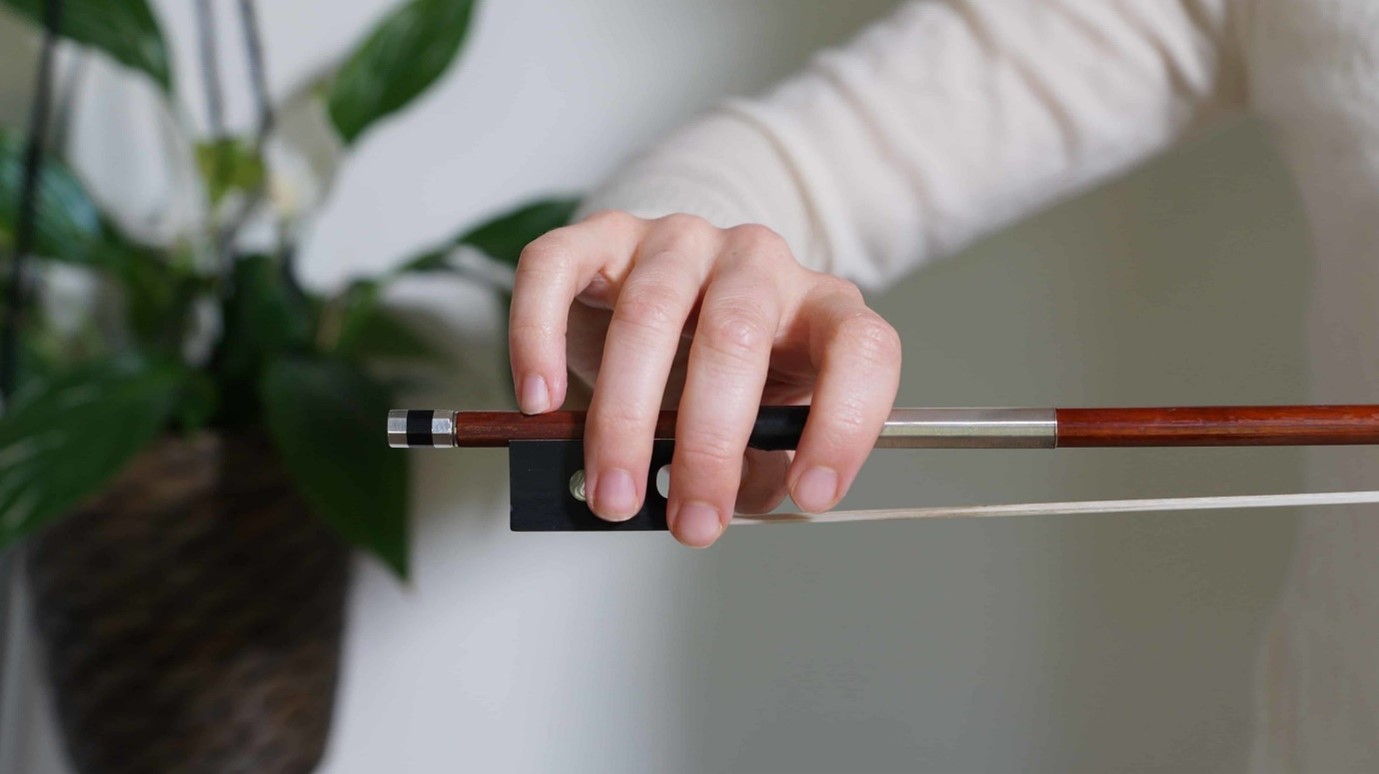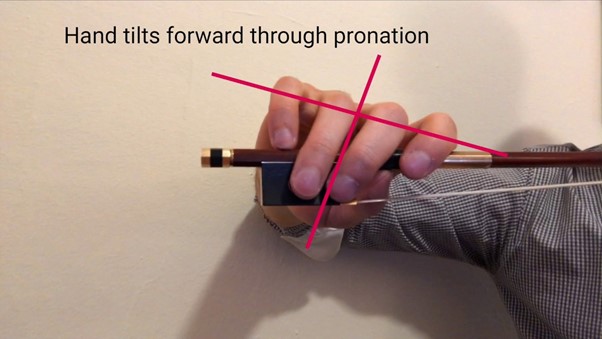
How to Hold a Violin Bow
Understanding how to hold a bow properly is one of the most difficult aspects of learning how to play the violin, as it can feel very unnatural to beginners and advanced students.
Learning how to hold a violin bow is extremely important–especially for those who are just beginning violin lessons–despite the fact that it can be annoying. You can mainly produce whatever tones, strokes, and dynamics you want with the correct bow technique.
Improving your violin bow hold is an important aspect of improving your technique. “Can you tell me how to hold a bow properly?”, “How can I improve my violin bowing?” and “How can I improve my violin bowing?” are two frequently asked questions. We’ll try to answer both of those questions in this article.
Contents
How to Hold a Violin Bow
It’s not difficult to learn how to hold a violin bow. We recommend that you attend at least one lesson so that an instructor can teach you good habits. It’s difficult to break bad habits once they’ve been formed.
The Thumb Position
Your thumb will be bent to almost a 90-degree angle. The right corner of the grip should be inserted into the gap between the leather section and the frog. It should not be placed in the frog’s notch.
When you can feel the metal clip holding the hair in place under your thumbnail, you’ve got it right. You should also be able to feel a strand of hair in the bow.
The Position of the Fingers
The rest of the fingers, according to Strings Magazine, should be relatively simple to position. They’ll naturally curve into the proper shape. Your middle finger should be draped over your index finger and you’ll be able to feel the leather grip on your knuckle. The metal clip should be held with the tip of the finger.
Your ring finger should be draped over the bow as well. The stick will even make contact with your knuckle. The frog’s center dot should be covered by the tip of your finger.
Your pinky should just brush against the bow. It ought to be positioned on top of it. Maintain the bend and keep it away from the adjusting screw.
Your index finger is draped similarly, but the metal winding will be felt on your knuckle. The tip of this figure should touch the leather grip as it wraps around the body. The most important finger position is this one.
When playing, the index finger should never be straightened. The majority of the work will be done by this finger.
Make an effort to evenly space your fingers. The distance between the middle and index fingers can be a little wider, but the rest of the fingers should be evenly spaced.
How Tightly Should I Hold it?
You must maintain a firm grip without gripping too tightly. The better control you can exercise, the more relaxed your hand is. This is especially important if you want to give your best performance.
The Contact Point
When you’re playing with the bow, positioning is crucial. The midsection must be placed on either the A or D string. It should be held parallel to the bridge of your violin and the end of the fingerboard. At the fullest section of the F hole, the hair should connect.
Between the fingerboard and the bridge, this will be about halfway. Because your elbow and wrist should be level, this position should be more comfortable. The tension will be increased if you raise your arm higher. As a result, controlling the movements becomes more difficult.
Final Notes
It’s critical to land the right job. If you don’t get this right, the game will be more difficult to play. Consider practicing in front of a mirror if you’re not sure you’re getting the position right.
You can learn more about the violin bow’s construction now that you know how to hold it. This article will go over the different materials that make up a bow and how to pick the best one for you.
Strengthening Exercises
Your wrist and fingers may become sore or tired when you first learn how to hold a violin bow because you aren’t used to using these muscles.
To help strengthen your bow hand and improve your overall violin playing, incorporate the following exercises into your current practise routine.
Repetition: Muscle memory is improved by repeating a motor task. Make ten bow grips in a row, going through all of the steps at the same time. It’s likely that by the fifth or sixth repetition, you won’t need the pictures or explanation to guide you.
Crawling: Start crawling or inching your fingers up to the tip of the bow and back down without using your left hand while holding the violin bow vertically in your right hand. This exercise will help you strengthen and stretch your fingers.
How to Hold a Violin Bow FAQs
What is the best way to play the violin with a bow?
Take hold of the bow. The bow must be held at the end of the bow. Don’t swallow it whole like a baseball bat. With your right thumb and fingers, hold it. Your forefinger should be resting on the bow’s pad, and your pinky finger on a screw. You’re now ready to play.
What role does the violin bow hold play?
A string player’s bow hold can make or break their success. In terms of the amount of energy required to play well, the violin bow hold is crucial. Consider how difficult it would be to hold a pencil or pen in your full palm. You would work so hard to make the loops for cursive writing or write a long essay.
Why is the violin bow held above the bow with one hand?
To transfer the weight of the arm into the string, the violin bow was held with the hand above the bow. There is a difference in sound and articulation as a result of this. The up-bow was emphasized on the viola, while the down bow was emphasized on the violin. The violin bow hold was determined by the musical purpose as well as the bow type.
- Viola vs Violin – 5 Key Differences Between The Two Instruments - March 20, 2024
- 15 of the Most Famous Violinists of All Time (18th Century to Present) - March 20, 2024
- Full School Band Instruments List (Elementary / Middle / High) - March 18, 2024

